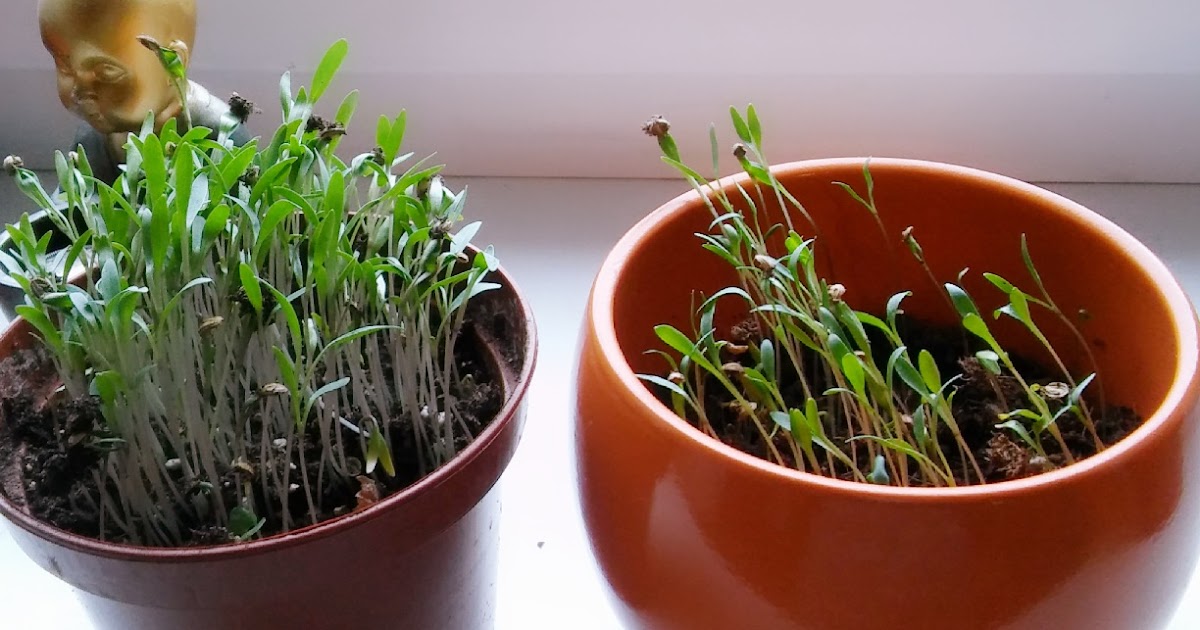Table of Content
This will conserver curry leaves plant energy and uses that energy to grow new leaf. The black cherry tree is native to North America and grows well in the US Department of Agriculture hardiness zone 2a to 8a. Black Cherry fruit is known for its bitter taste, fragrant fruit which is... We need to move the curry leaves the plant to indoor if it is freezing or the very cold temperature outside. Buttermilk is rich in Nitrogen which acts as a major role in the growth of the curry leaf plant. The curry leaf-cutting starts to develop new buds around ten to twelve days after placing it in a pot and it has to be placed in the shade.

While there is another way too, it can be propagated from its leaves. Which is quite easy to do and takes less time to grow. Assuming you would like tips on when to plant curry leaves in the USA, late spring or early summer is typically the best time. This allows the plant ample time to grow and establish itself before colder weather sets in. Keep in mind that curry leaves are tropical plants, so they prefer warm weather and lots of sunshine.
Curry Leaf Plants Care
Allow the cutting some time to root while keeping the soil moist. Once it has rooted, transplant it into an individual pot or your garden bed. The curry leaf plant needs well-drained soil mixed with cow dung or organic compost and river sand. Curry leaf plants are grown from seeds and cuttings.

And finally, there’s nothing quite like using freshly picked curry leaves in your cooking. The flavor is more intense and the leaves are much more fragrant. While it’s easy to find curry leaves in most grocery stores, they can be quite expensive. Curry leaf plants can grow upwards of 5 feet (1.5 m) tall, but you can control the size by regularly pruning and cutting the plant back. The curry leaf does well in tropical and subtropical climates since it needs plenty of sunlight each day. Well, now you don’t have to because here is the guide to how to lose weight quickly and get look the way you used to before pregnancy.
Winter Dormancy
Once the curry plant grows to its full potential, it can yield leaves on almost every other branch to the edges of the units. Curry leaves originated from the plant Murraya Koenigii, generally known as the curry plant. This plant is originally from India and has a wide range of applications. It can be consumed either directly as it is entirely edible, or it can also be used in various forms like powder in manufacturing medicine, flavors, etc. Let’s check out how to grow Curry Leaf/Kadipatta plant at home.

In the spring, cut a three to six-inch piece of stem that has at least three sets of leaves from a mature, healthy plant. Curry leaf is a perennial herb that can be found in temperate and tropical areas all around the world. It is commonly used as a spice, both in cooking and as a medicinal herb.
What is the best fertilizer for curry leaf plant?
In the spring season watering the plant once a week is more sufficient. Keep it in shade and give only 3-4 hours of sunlight exposure for better growth. Use cocopeat instead of soil for small plants to grow better. While the seeds are germinating, care must be taken not to overdose the plant on water.

Pull the base of the leaf stem from the plant when you’re ready to harvest. Don’t pull off the leaves individually since it leaves a lot of empty growth on the plant. Instead, look where the long stem that connects multiple leaves attaches to the main body of the plant. Grip the stem by its base and lightly pull it off the plant to collect all of the leaves attached to it. If you notice any weak, broken, or wilted stems, then also remove them so your plant can put its energy toward growing healthy leaves. If you want to grow more than 1 curry leaf plant, then prepare multiple pots for each additional plant you want.
These being rich in fiber, will also, give you weight loss. They contain flavonoids which are anti-cancer agents, inhibiting the growth of breast cancer cells. We at The Better India want to showcase everything that is working in this country. By using the power of constructive journalism, we want to change India – one story at a time.

Place the container in an area with at least six hours of indirect sunlight per day. If you live in an area with a shorter growing season, start your plants indoors about six to eight weeks before you plan to transplant them outdoors. Curry leaf grows best in warm climates where temperatures never fall below 25 degrees Celsius or rise above 40 degrees Celsius. It also prefers soil that is moist but well-drained, and requires full sun exposure.
Its leaves have a bitter taste, but the sharp smell makes it lovely. If the cultivation is done in pots, the germinated seeds need to be re-potted every time they grow roots to the depth of the pot. Therefore, the latest pot must be more significant and broader than the previous one. To check if the plant is dying, the plant’s surface is etched and checked for greenery and moisture content.

You can either read the entire article for a complete understanding of how to care for your Curry Leaf Plant. Alternatively, quickly jump to a particular section if you want to look up what to do during that season. Aditya Abhishek has completed Bachelor Of Science in Agriculture from SDSUV, Uttarakhand.


No comments:
Post a Comment